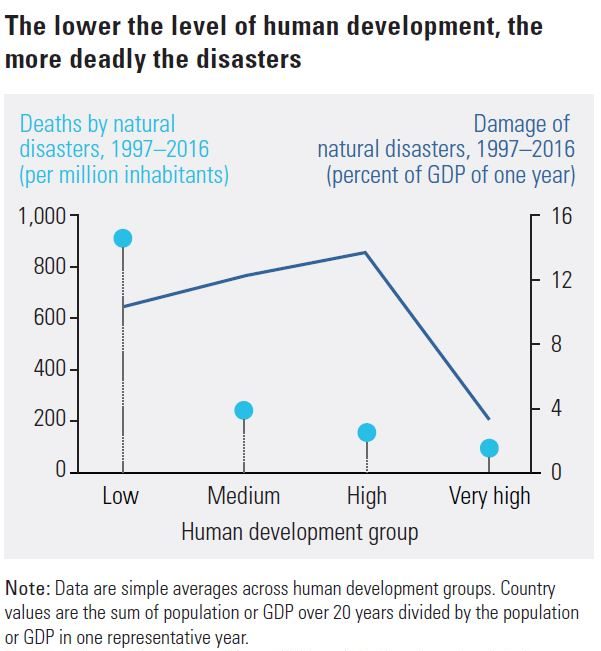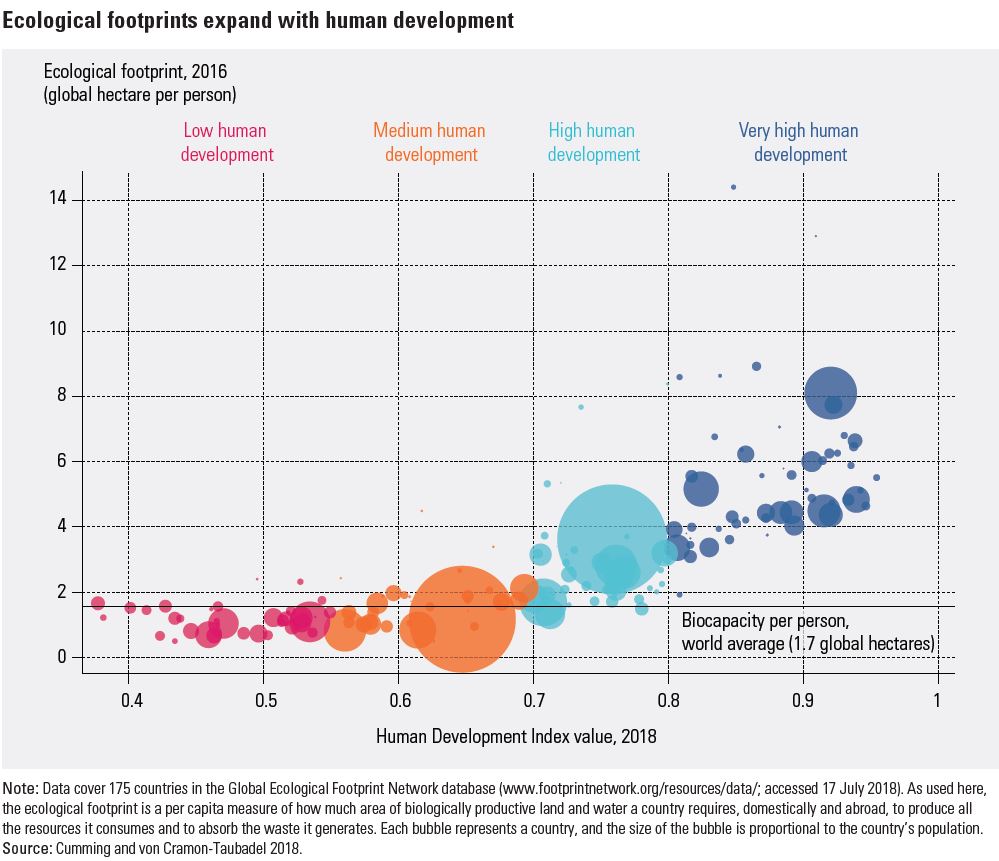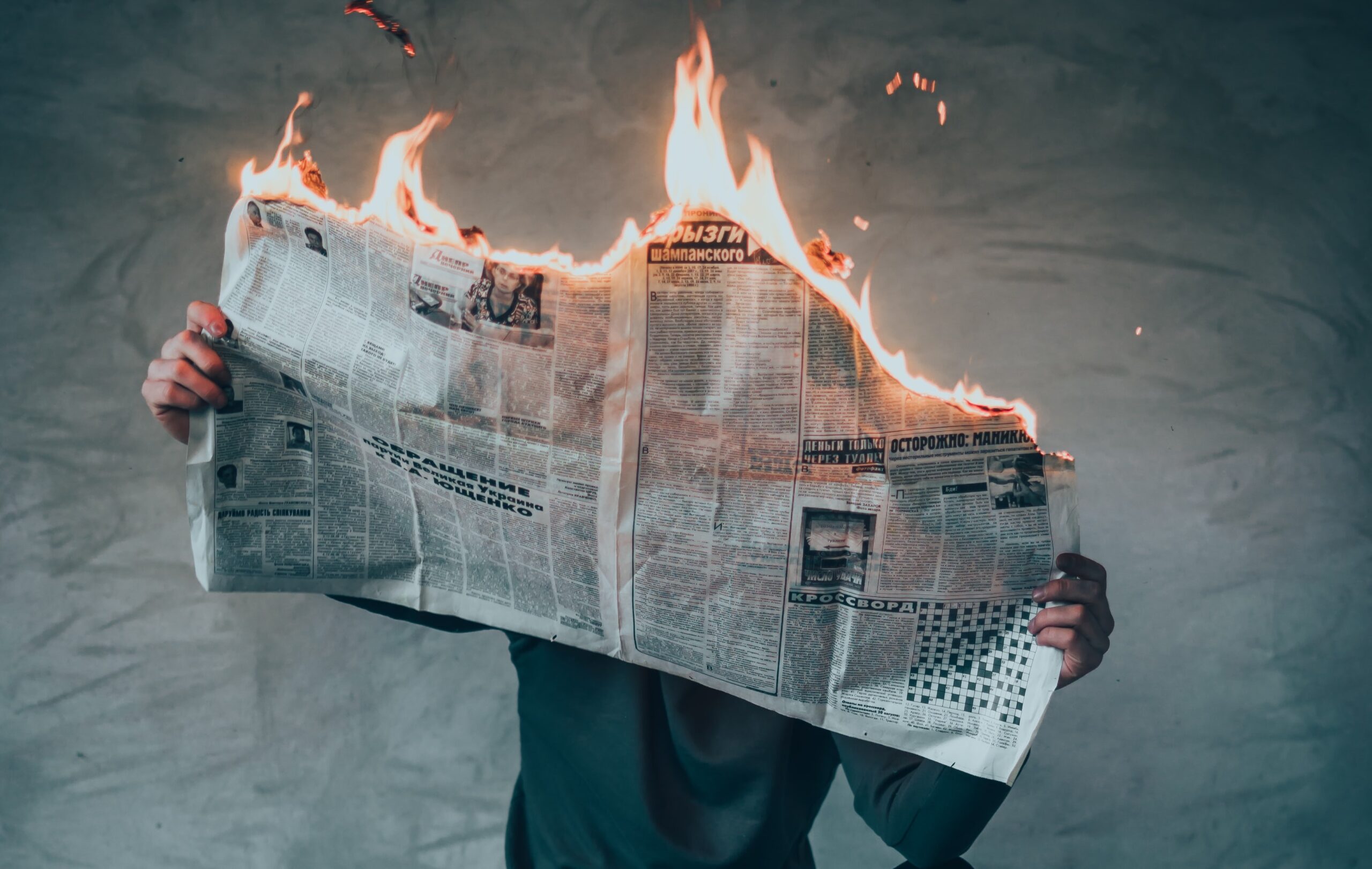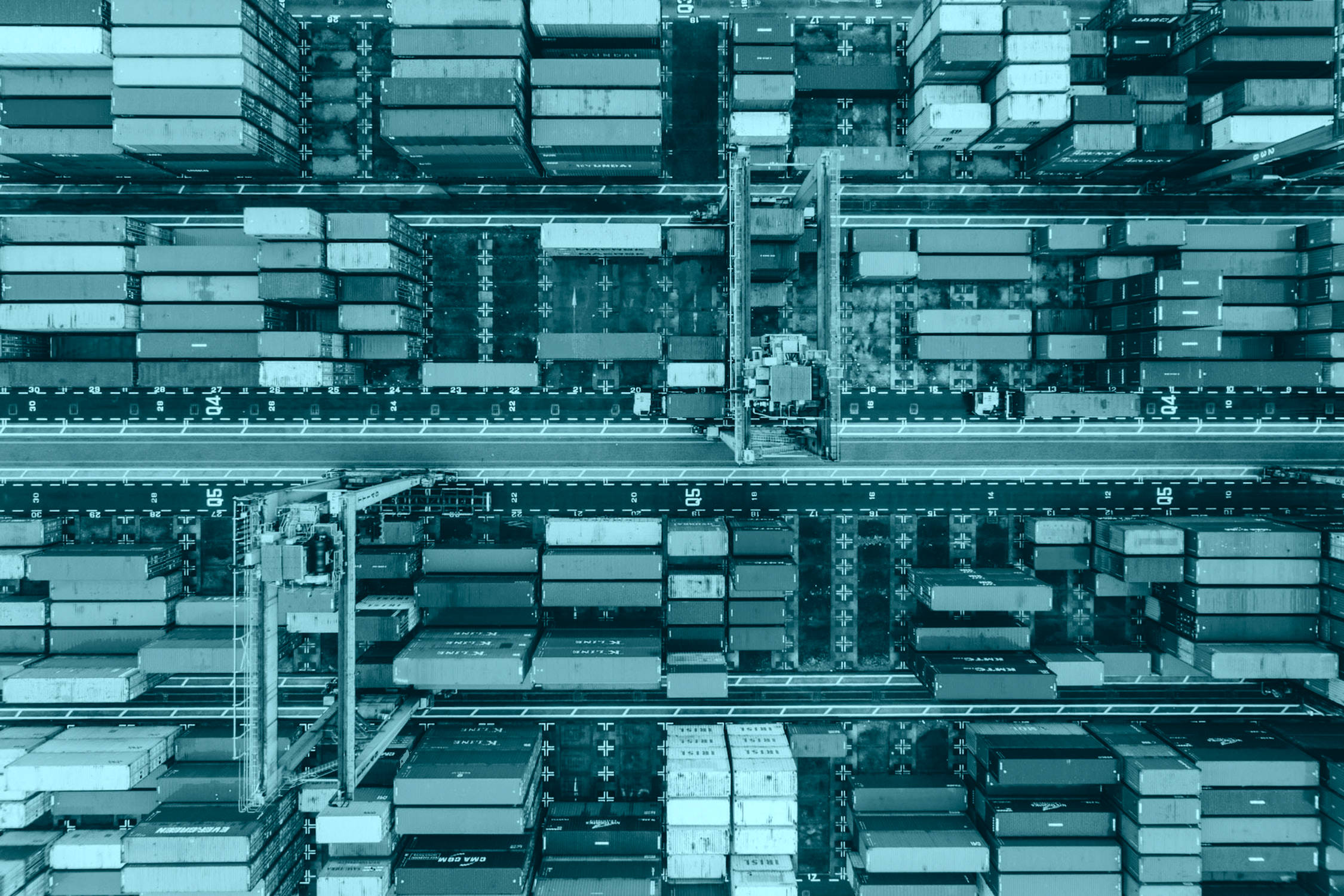A new generation of inequalities is threatening human development. Global progress in the reduction of extreme deprivations has resulted in an increasing convergence in basic capabilities, including early childhood survival and access to entry-level technology. However, such achievements are counterbalanced by new divergences in more empowering enhanced capabilities such as access to quality healthcare and education, effective access to present-day technologies and resilience to unknown new shocks. How inequalities will shape our future will depend increasingly on the policies designed to address technological development and the climate crisis.
With the industrial revolution, technological transformation enabled unprecedented economic development and an explosion of well-being for a portion of the word. Industrialized countries were able to overcome others in terms of wealth and power. The same carbon-intensive technologies that enabled such staggering growth for the “developed” world turned out to be the origin of the climate crisis we are facing today. Furthermore, the climate crisis is worsening inequalities by impacting those who are poor, vulnerable or marginalized in a disproportionate manner.
Looking forward, technology and climate change are drivers of a new generation of inequalities, according to the UNDP’s Human Development Report 2019 “Beyond income, beyond averages, beyond today: Inequalities in human development in the 21st century”. The coming decades are faced with the threat of a “New Great Divergence” in human development driven by artificial intelligence and digital technology. Not only because technology can replace tasks usually undertaken by humans, and the existing inequalities in accessing such technologies. It’s also because more than half the world’s people lack basic information and communication technology skills and thus entire groups of people, even nations, might be left behind.
“Not all inequalities are harmful, but those that are perceived as being unfair tend to be.” @pedrotconceicao breaks down inequality in #HDR2019 https://t.co/Crm672IOK9
— Brookings Global (@BrookingsGlobal) February 15, 2020
Just as the development of fossil fuels technologies transformed the composition of our atmosphere and caused the climate crisis, technology will continue to be a central factor in the climate change story: “Technology, in the form of renewables and energy efficiency, offers a glimpse that the future may break from the past – if the opportunity can be seized quickly enough and broadly shared” reads the UNDP report.
The unequal impacts of climate change foster inequalities
Climate change is fundamentally unequal. Unequal is the distribution of climate change impacts between people, countries, and even generations. Unequal is the contribution of people, countries, and generations to climate change.
Being a global challenge, climate change needs the strengths of every country and person, but it does not affect every country and person in the same way, with the same urgency and intensity.

Climate change and its impacts hit disadvantaged people harder, and income inequality across countries may already be about 1/4 higher than it could have been without climate change. This happens for two reasons, the report highlights. The first is about differential exposure: many developing countries are geographically located in the tropics – an area highly exposed to the impacts of climate change. The second is about vulnerability: poor and vulnerable communities have a lower adaptation capacity.
Beyond the economy, climate change has well-known impacts on several other dimensions of human development, such as health, food and water security, and migrations. All these areas are already characterized by disproportionate conditions, both within and across countries. The result is that “climate change is a recipe for more inequality in a world that already has plenty”.
#ClimateChange & a new generation of #humandevelopment challenges are widening global inequality. Our #HDR2019 report says that 20% of #humandev progress was lost through #inequalities in 2018 alone. How can we use data #ForPeopleForPlanet? https://t.co/W01EFip5kX #UN75 pic.twitter.com/DoJPBx4X3Z
— UN Development (@UNDP) January 11, 2020
The unequal contribution to climate change
While climate change impacts are mostly paid by vulnerable people and communities, the responsibility of GHG concentrations that caused, and is causing, climate change are mainly attributable to the richest. This general pattern is applicable both at a country level and within countries and applies both to cumulative emissions – that reflect responsibilities of the past – and to today’s per capita emissions. Plausible approximations, the report informs, suggest that emissions are highly concentrated: the top 10% of emitters, a third of which live in emerging economies, account for 45% of global emissions, while the bottom 50% of emitters account for 13% of global emissions.
Countries where human development is higher are still those where per capita emissions and ecological footprint are also higher (figure below). However, there are signals of a future where economic growth and emissions are decoupled. This is already happening in those rich countries where policy gives adequate support to climate mitigation, yet it is not yet occurring in emerging economies.

Inequalities slow down climate action
The Human Development Report 2019 also suggests that slowing down climate change would have a slowing effect on the rise in inequalities. At the same time, redressing inequalities would be one of the antidotes against climate change. Indeed, collective action is more difficult when inequalities – and the concentration of income and power – are high, because groups of interest find it more difficult to communicate and build critical information. Moreover, climate justice, burden sharing, and differentiated responsibilities are among the hardest points in the UNFCCC framework, that impede international negotiations to speed up towards effective global climate action.
Right policies for win-win strategies
Reducing inequalities in human development is about offering prospects for a better future for many people. The 21st century started with two decades of progress in the reduction of extreme deprivations, but inequalities are rising in enhanced capabilities, those that give people the freedom to lead their life and to make choices that can determine their future. Applied to technology, these enhanced capabilities are about digital literacy and skills, that go beyond access to technology.
Government action to tackle #inequalities cannot be based on policies in isolation or thinking there exists a single silver bullet. Rather, policies should link the expansion and distribution of both capabilities and income.
Details 👉 https://t.co/3ilrUAA5NY #HDR2019 pic.twitter.com/tciWo3ln1Y— UNDP in Moldova 🇲🇩 (@UNDPMoldova) February 12, 2020
From a climate change perspective, disparity among countries in the preparedness to “normal shocks” are decreasing (although they persist). But this basic resilience capability, which is based on historical trends, is not enough anymore in a fast-changing climate. Communities need to develop enhanced capabilities to be prepared not only for “expected” shocks, but also for those unprecedented and disruptive events that the world is expected to experience with more frequency. Science and technology offer increasing opportunities with which to forecast such events and their impacts, and adequate tools and strategies to cope with them. The challenge now is to ensure that resilience does not remain accessible just to those who can afford it, further exacerbating the consequences of climate change on inequality.
Addressing climate change and inequality, together with the right policies, suggests the report, can create virtuous feedback loops in which emissions decline both due to the direct effect of climate policy – such as carbon pricing – and the indirect effect linked to lowering inequalities. Suggested policies include those that support the application of climate-related insurances and new technologies, as well as those policies that use nexus approaches, such as water-energy-climate nexus, and which are able to address several Sustainable Development Goals at the same time.






